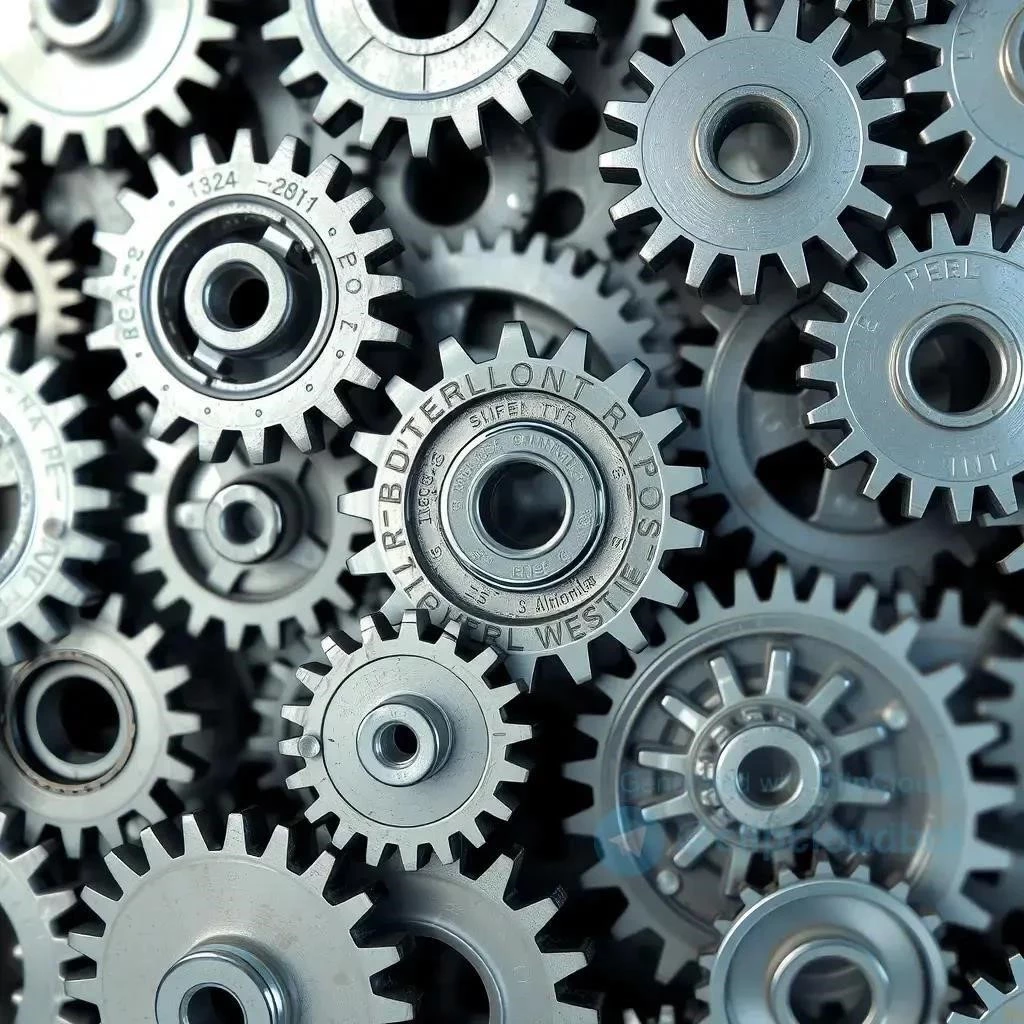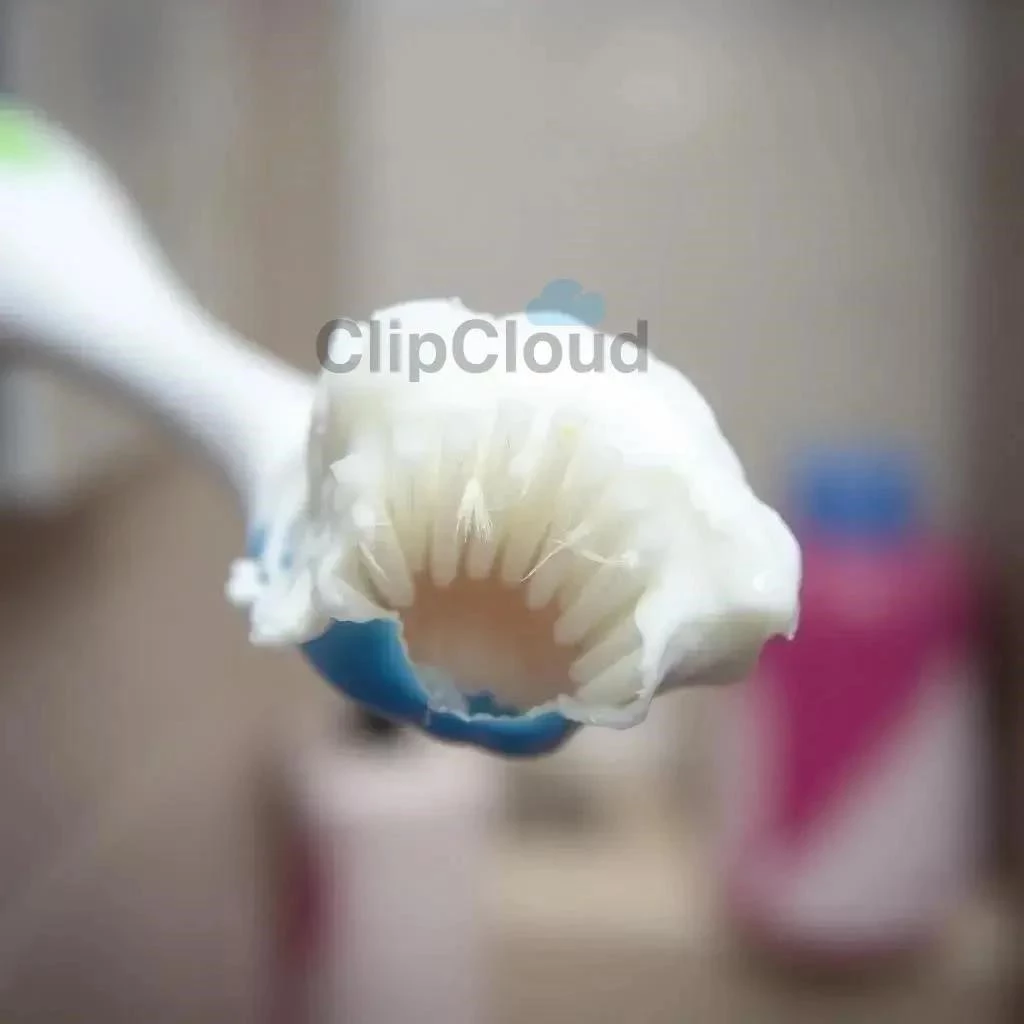The European iGaming landscape is in constant evolution, driven by technological advancements and a relentless pursuit of enhanced user experiences․ Soft2Bet, a prominent player in this dynamic industry, has recently undertaken a significant strategic move: a full migration to Amazon Web Services (AWS)․ This transition promises to unlock new levels of scalability, security, and innovation for the company, impacting not only Soft2Bet’s operations but also setting a potential precedent for other iGaming operators in Europe․ This article delves into the details of Soft2Bet’s AWS migration, exploring its motivations, implementation, and anticipated benefits․
Why Migrate to AWS? The Strategic Rationale
Soft2Bet’s decision to migrate to AWS was driven by several key strategic objectives․ The aging infrastructure was becoming a bottleneck for growth, limiting the company’s ability to quickly scale resources to meet fluctuating demand and deploy new features․ The cloud offers a more flexible and efficient alternative․
Scalability and Performance
One of the primary drivers was the need for improved scalability․ AWS allows Soft2Bet to dynamically adjust its computing resources based on real-time demand, ensuring optimal performance even during peak periods․ This eliminates the need for over-provisioning hardware, resulting in significant cost savings․
Enhanced Security
Security is paramount in the iGaming industry, where sensitive player data is constantly being processed․ AWS provides a robust security infrastructure with multiple layers of protection, helping Soft2Bet to meet stringent regulatory requirements and protect its customers’ information․
Innovation and Agility
Migrating to AWS unlocks access to a wide range of innovative services, including machine learning, artificial intelligence, and data analytics․ This enables Soft2Bet to develop new and engaging gaming experiences, personalize offers for players, and gain deeper insights into customer behavior․ This agility is crucial in a rapidly evolving market․
The Migration Process: A Phased Approach
Migrating a complex iGaming platform to the cloud is a significant undertaking that requires careful planning and execution․ Soft2Bet adopted a phased approach to minimize disruption and ensure a smooth transition․
- Assessment and Planning: The initial phase involved a thorough assessment of Soft2Bet’s existing infrastructure and applications, followed by the development of a detailed migration plan․
- Pilot Migration: A subset of applications and workloads were migrated to AWS in a pilot phase to test the migration process and identify any potential issues․
- Incremental Migration: The remaining applications and workloads were migrated in incremental stages, with careful monitoring and testing at each stage․
- Optimization and Monitoring: Once all applications were migrated, Soft2Bet focused on optimizing performance and cost, and implementing continuous monitoring to ensure the stability of the AWS environment․
Benefits Realized: A Tangible Impact
The migration to AWS has delivered significant benefits for Soft2Bet, impacting various aspects of its business․
- Improved Performance: AWS has enabled Soft2Bet to deliver faster and more responsive gaming experiences for its players․
- Reduced Costs: The dynamic scalability of AWS has resulted in significant cost savings on infrastructure and operations․
- Enhanced Security: The robust security features of AWS have strengthened Soft2Bet’s security posture and helped to meet regulatory requirements․
- Increased Agility: AWS has enabled Soft2Bet to develop and deploy new features and services more quickly․
Comparison of On-Premise vs․ AWS Infrastructure
| Feature | On-Premise Infrastructure | AWS Infrastructure |
|---|---|---|
| Scalability | Limited, requires hardware upgrades | Highly scalable, on-demand resources |
| Security | Requires significant investment in security hardware and software | Robust security infrastructure with multiple layers of protection |
| Cost | High upfront costs, ongoing maintenance costs | Pay-as-you-go pricing, reduced maintenance costs |
| Agility | Slow to deploy new features and services | Faster deployment cycles, access to innovative services |
The Future of iGaming on AWS
Soft2Bet’s AWS migration represents a significant step forward for the European iGaming industry․ By embracing cloud technology, the company has positioned itself for continued growth and innovation․ As more iGaming operators recognize the benefits of AWS, we can expect to see a wider adoption of cloud-based solutions in the industry, leading to improved player experiences and increased competitiveness․






